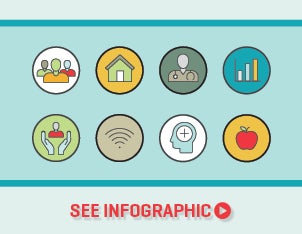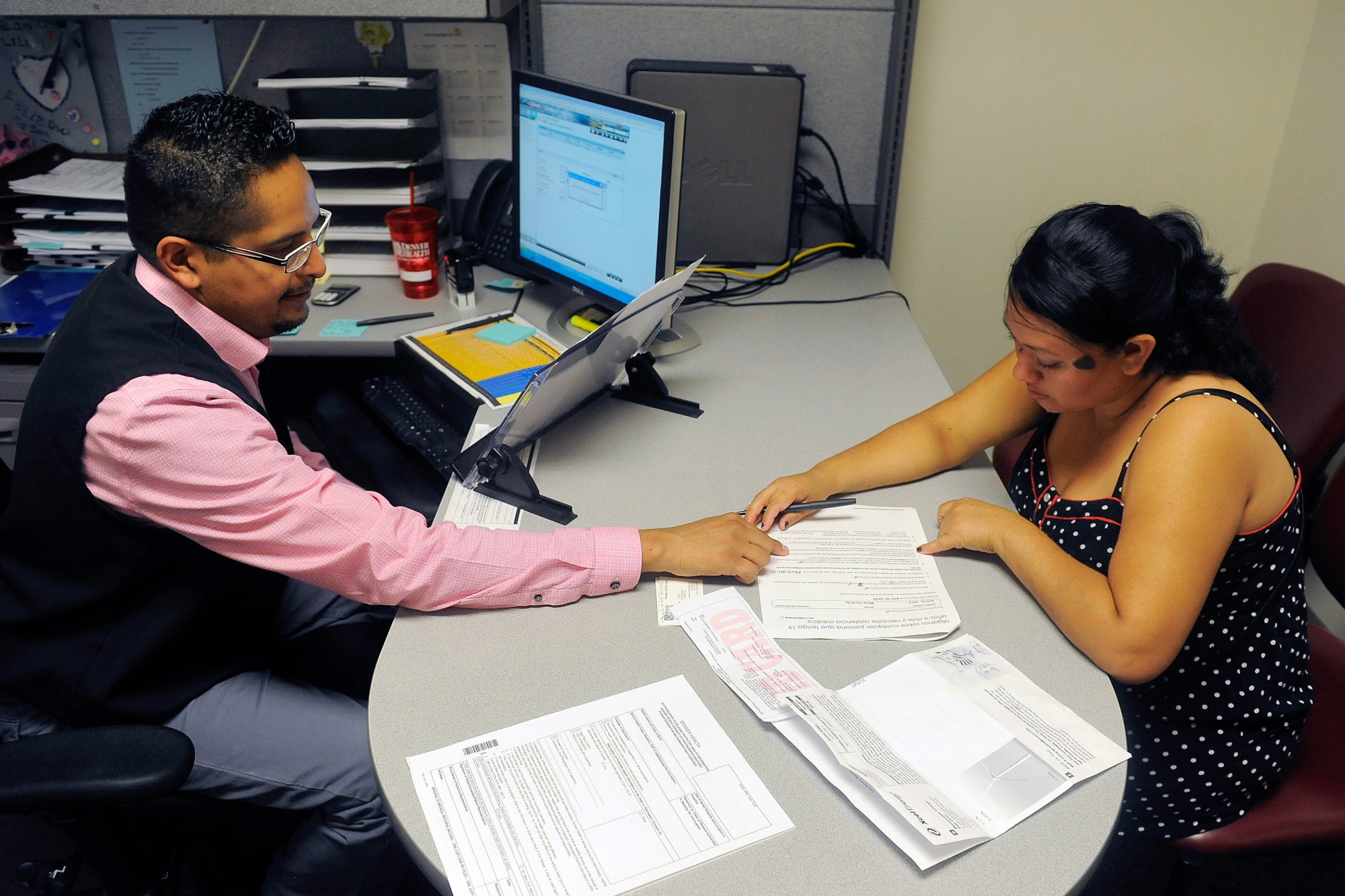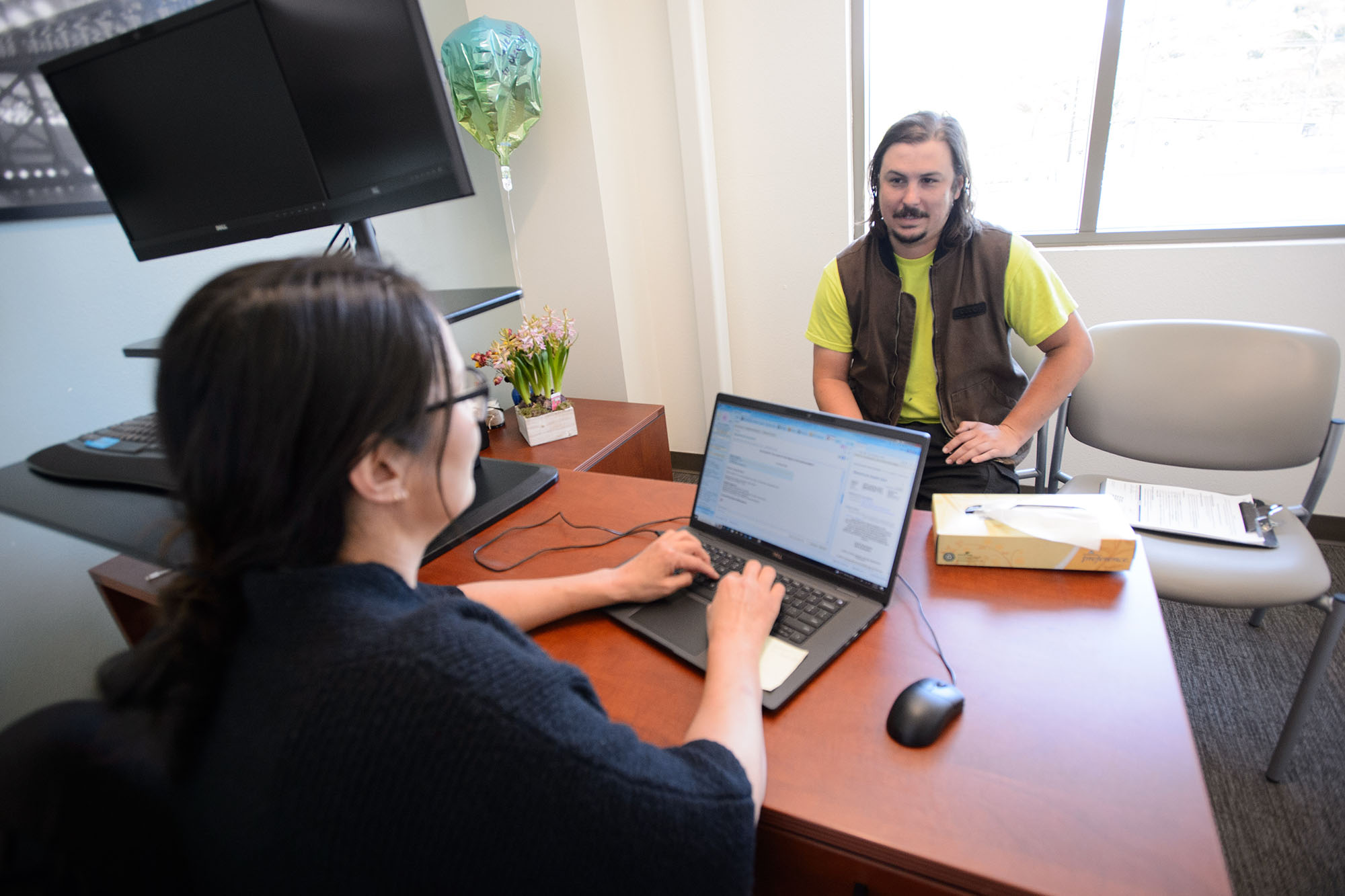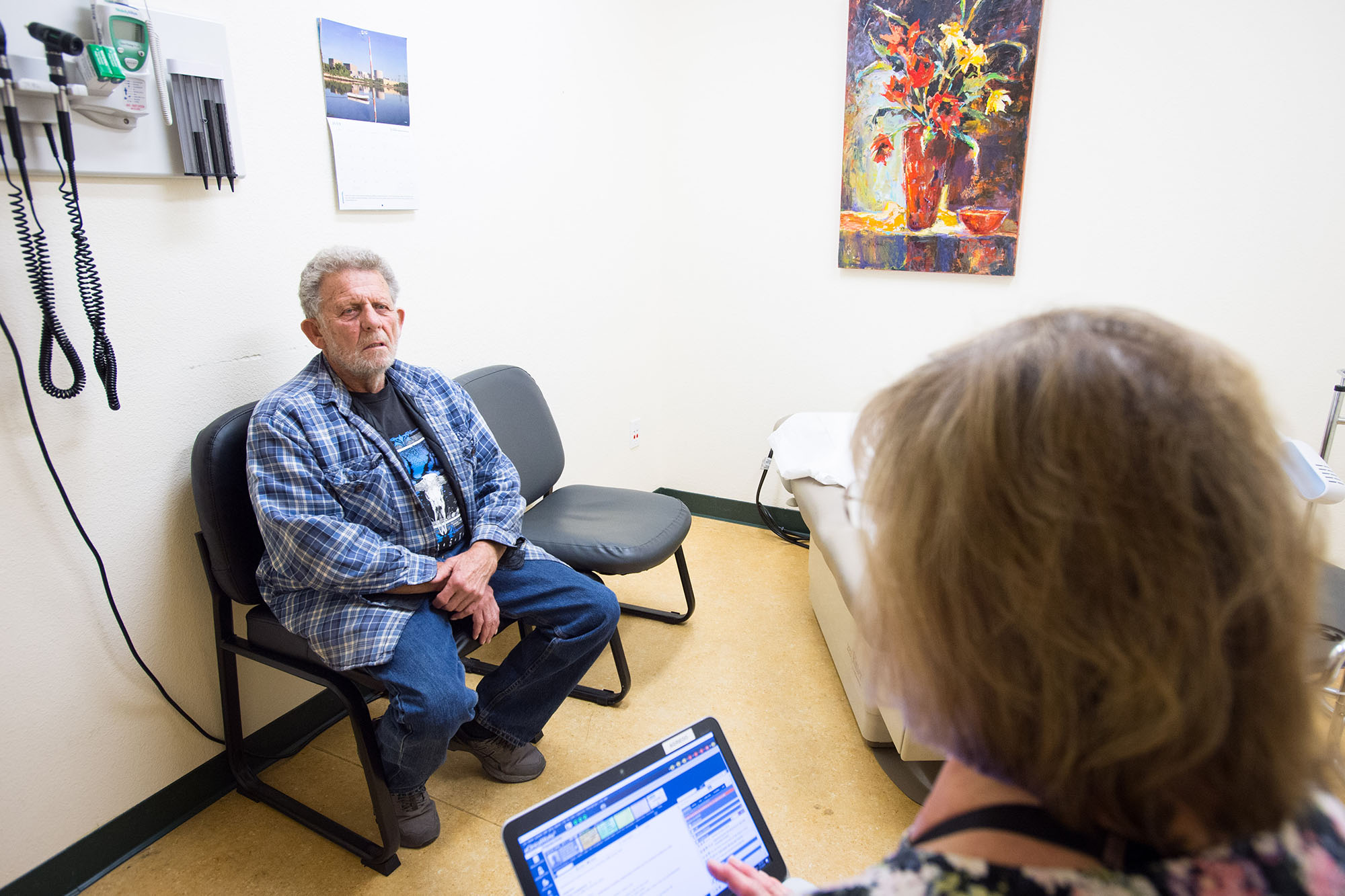View the Report
Jump to All Downloads & LinksBackground

Note: This brief was revised on June 17, 2020, to reflect that “health centers” refers to FQHC and FQHC Look-Alikes and to specify the number of Medi-Cal patients served by health centers.
Federally Qualified Health Centers (FQHCs) and FQHC Look-Alikes (health centers) are the foundation of primary care in Medi-Cal, serving almost four million Medi-Cal patients* across the state in urban and rural areas. These patients reflect the state’s tremendous diversity. Over half served are Latino.
Health center patients are among the Californians most vulnerable during the COVID-19 crisis. They are more likely to have the low-paying or hourly jobs that have been cut back; many may be essential workers putting their lives on the line. Many are immigrants or uninsured. If we are to achieve Governor Newsom’s vision of a “California for All,” where all Californians have the opportunity to thrive, then our response to COVID-19 must be equitable, ensuring that all Californians get the vital care and supports they need at this time.
As frontline care providers, health centers are crucial to the state’s response to COVID-19, especially in low-income communities. However, the type of care provided by health centers is still dictated by old payment rules that, even before this public health emergency, hadn’t kept with patients’ evolving needs or the state’s health care priorities. In the face of the pandemic, these rules are severely hampering health centers’ ability to care for patients and, in some cases, keep their doors open.
This issue brief outlines why these old payment rules are hurting patients during the COVID-19 crisis, and how transitioning to a new way of paying for care, called patient-centered payment, will allow health centers to better serve patients going forward.
*California’s Office of Statewide Health Planning and Development, 2018 Primary Care Clinic Annual Utilization Report, November 2019.
Paying for Volume Instead of Value: The Consequences for Patients During a Pandemic
As opposed to most commercial systems that have moved to value-based payment systems, health centers are still primarily paid by volume. Historically, they have been reimbursed only for in-person encounters with a limited set of providers. Some important emergency changes have been made in response to COVID-19 (discussed below); however, many restrictions remain, with serious consequences for patients:
- Patients may lose access to primary care as health center finances come under severe strain. As in-person visits at health centers have dropped due to COVID-19 concerns, so have revenues, financially destabilizing many health centers. This could result in some health centers having to close their doors at a time when patients need their services and support more than ever.
- Restrictions on same-day visits force patients to return to a health center multiple times, and hinder access to behavioral health. For patients who do venture into the health center during the COVID-19 outbreak, it’s critical to address their physical and mental health needs as efficiently and comprehensively as possible. However, health centers can still only bill for one visit per patient per day. This means that a patient who needs different services from different providers (for example, a regular diabetes check-up with a primary care provider and a depression follow-up with a behavioral health specialist) would have to return to the health center on two different days. This is not only inconvenient, but potentially dangerous at a time when the state is maintaining shelter-in-place orders. Furthermore, this restriction makes it far more difficult for patients to access behavioral health care when they, like all Californians, are experiencing an array of traumas and stressors due to COVID-19, which will take a toll on their mental and physical health. This, in turn, threatens the revenue that health centers will need to provide or expand much-needed behavioral health services in the coming months.
- Patients have fewer social supports. Health center patients’ needs related to housing, nutrition, unemployment benefits, and other basic necessities have been heightened during the COVID-19 crisis. Health centers are well-positioned to connect patients to a variety of social services during this time. However, because health centers do not get reimbursed for encounters that don’t include specific kinds of medical providers, health centers are severely limited in their ability to use staff like community health workers or social workers to address patients’ social determinants of health.
Emergency Changes Around Telehealth Are a Bright Spot, but More Is Needed
Since health centers had never historically been reimbursed for telehealth, few had robust telehealth services in place for general primary care when COVID-19 hit. In response, the state has allowed health centers to start billing for telehealth visits (including phone and email visits) for core primary care services. This is important progress, and these changes in telehealth reimbursement should remain in place beyond COVID-19.
However, changes to telehealth alone are not enough. COVID-19 brings to light how the way health centers are paid hinders access for health center patients. These inequities were always unacceptable. Broader reforms are long overdue; the COVID-19 crisis has simply shone a bright light on the need for them.
Modernizing Payment to Unleash Health Centers to Respond to COVID-19
Patient-centered payment is a new way to pay for care in health centers that gives them the flexibility to deliver care in ways that patients need, with the convenience they want and that most commercially insured patients already have. This flexibility is not only crucial in responding to crises like COVID-19, but can vastly improve patient care and health outcomes during normal times.
Other states have already implemented different kinds of patient-centered payment for their health centers. Based on their experiences, there are core features that have proven effective:
- Fixed, reliable population-based payments. Instead of billing for each in-person visit, health centers get a fixed per-member-per-month payment, sometimes adjusted by age or acuity. Because it is paid upfront and on a per capita basis, payment is predictable. This enables health centers to invest in new staff or technology, which is much harder when you are paid by visits, which fluctuate seasonally and annually. During a crisis that results in a drop in in-person visits, like COVID-19, this payment model ensures some financial stability and enables health centers to be far more engaged in prevention and mitigation.
- Accountability for engaging patients. But health centers only get this payment if they are engaging patients in care. So there’s incentive to do outreach rather than simply waiting for patients to get sick and come in for a visit. That’s key to the prevention and effective management of chronic conditions.
- Extend care beyond the health center’s four walls. Other states have specified permissible “patient touches” that are allowed outside the health center. This can include telehealth visits via phone or email, home visits, and care in other community settings, like churches. These flexibilities can help health centers respond to crises like COVID-19, and improve access and engagement over the long run.
- Expand the care team. Similarly, other states have removed restrictions that visits have to be with a physician, nurse practitioner, or physician’s assistant. They’ve allowed nurse-led visits and behavioral health group visits led by a peer counselor. Visits with a therapist, social worker, or community health worker, for example, could be included. This vastly increases health centers’ ability to provide integrated behavioral health and to address patients’ social determinants of health.
- Meaningful financial incentives around quality. States have built in financial rewards for improving care delivery processes and health outcomes across the patient population.
Increasing Accountability for Improving Care Quality and Patient Outcomes
In contrast to current payment rules for health centers, which focus on the number of visits, rather than the value of services to patients, patient-centered payment requires health centers to report to the state and to meet new standards of access, quality, and outcomes for patients. These would include increases in rates of preventive care, like cancer screenings and well-child care checks, and outcomes measures, such as improved blood sugar control among patients with diabetes.
Modernizing Payment to California’s Health Centers: What’s Next?
California’s leaders can take heart in the progress that the state’s public hospitals have made in implementing a type of patient-centered payment through the Public Hospital Redesign and Incentives in Medi-Cal program. Or in the innovations of local Medi-Cal plans, such as the Inland Empire Health Plan and their payment pilot program.
There could be a variety of approaches to modernizing payment to health centers, which could build off of the Alternative Payment Methodology program created in response to California legislation signed into law in 2015, or which could start anew. The most important thing is that the state and leaders from health centers and Medi-Cal managed care plans move quickly to find a model that works.
By reforming the way we pay health centers now, we can ensure a more equitable response to COVID-19 for Californians with low incomes, and create a stronger, more resilient foundation for primary care in Medi-Cal that will better serve patients far beyond the pandemic.




